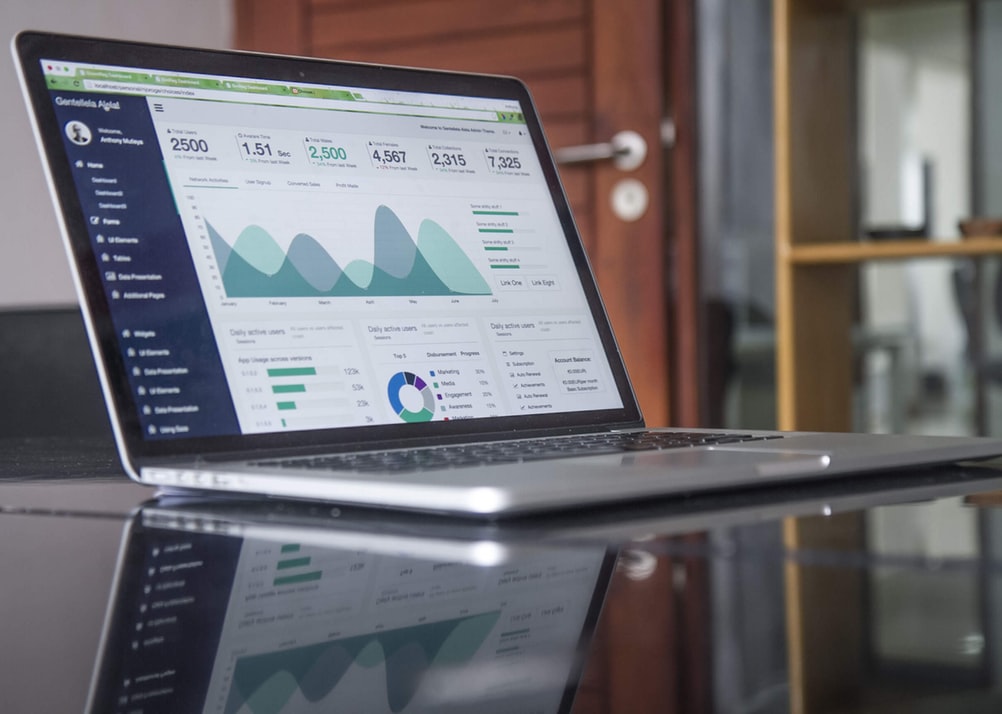Human Resources

What's the Difference Between HR Analytics and HR Metrics?

17 June 2020 - 4 min read
There tends to be some confusion around HR analytics and HR metrics and the difference between the two. While each provides incredible value to any organisation, the terms are often used interchangeably when there’s actually a fundamental difference between them.
So – getting right to the point – what’s the difference between HR analytics and HR metrics?
Let’s explore.
Download Your Free CIPD Course Guide
Get information on our CIPD courses
Share this post

What are HR metrics?
HR metrics are specific indicators that allow businesses to measure performance, efficiency, and the impact of business processes and changes.
Metrics are based on measurable, hard data – or numbers – and they tell you what’s happening since they’re often defined by an objective. Metrics are essential in determining the value and effectiveness of HR initiatives in a factual way, tracking and presenting past data to influence future decision making.
For example, if a company is looking to understand more about their employee turnover in a particular department, it can be calculated as a percentage based on the department’s staff count, turning that result into a metric.
Why do we need HR metrics?
HR analytics uses HR metrics to help leaders better understand how to move forward with business decisions.
It’s necessary to study HR metrics to help quantify the costs and impacts of HR and business processes as metrics provide the straightforward informational data that leaders need to make immediate and pressing decisions for their business.
HR metrics track activity and report numbers on areas such as:
- Recruitment and onboarding costs
- Training and development
- HR operations
Metrics provide an inside perspective of organisations because they use data from internal business sources. While this information is useful, it’s still important to remember that these metrics give only the basic insights into functional areas.

The Difference: Made Simple
Both HR analytics and metrics are influential tools, and when used together they create a powerhouse of information and feedback for individual organisations, ultimately saving them time and money.
The great thing about metrics is that they can act as a barometer for businesses, indicating which areas of the business are performing as needed and pointing out any potential pitfalls. Though metrics on their own don’t provide the in-depth information needed to uncover areas of improvement and shape future objectives – they can only track activity.
That’s where HR analytics comes in.
HR metrics feed into HR analytics, and together they pave a road towards potential solutions when HR analytics utilises the concrete data that HR metrics provide.
So, to recap:
- HR metrics support HR analytics
- HR analytics provide direction on how to improve HR metrics
- HR metrics give insight into whether the results of the HR analytics is correct
Now that you can be sure of the difference between HR analytics and HR metrics, you can also see why the two concepts work better in conjunction with one another.
Reliable, high-quality data is essential in solving business problems and for providing opportunities to predict future outcomes and plan accordingly. This data is important for companies because it provides insights that lead to action and continual improvement, ultimately making for happier and more efficient employees.
Want to brush up on the latest HR knowledge? Enrol on a 100% online CIPD HR qualification and start today.












